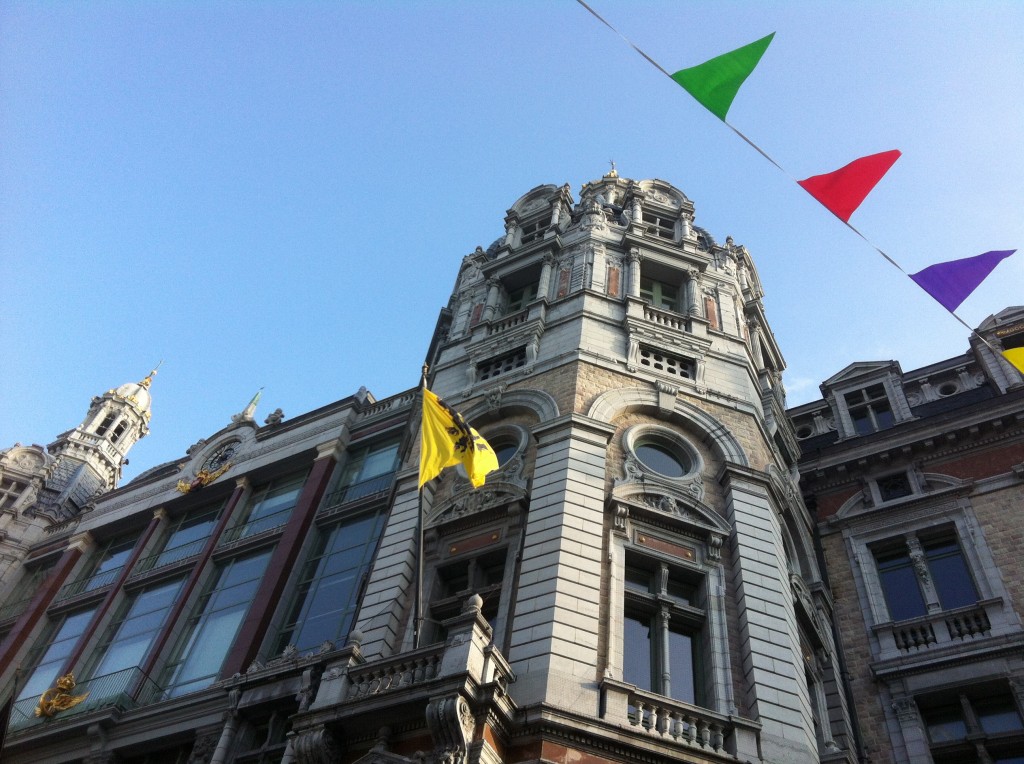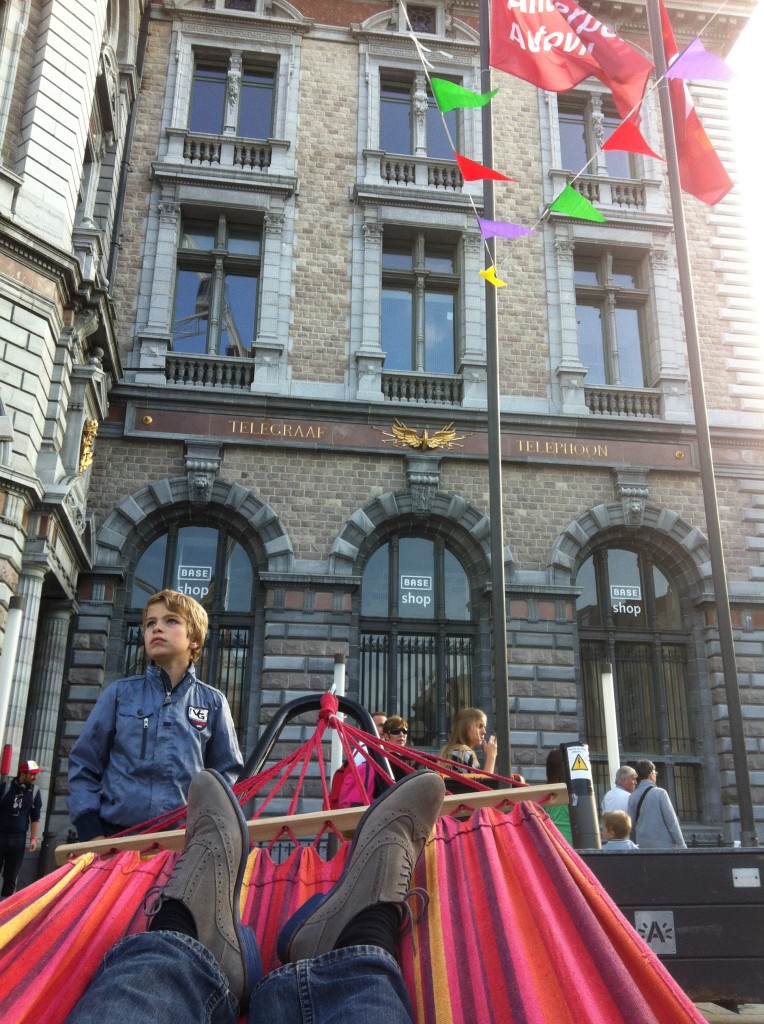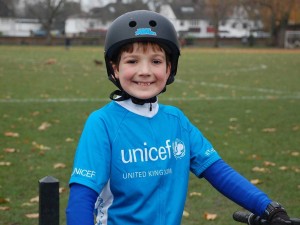This is where I decided that I want a hammock in my home.
I spent a large part of my weekend in trains, travelling from Brussels to Apeldoorn, from Apeldoorn to Haarlem, and then from Haarlem to Brussels. A large part of this time I spent reading and writing about happiness at work, work and motivation, and collective well-being. The idea was to plan ahead, and write some of the more research-based content for the blog for the next two weeks or so.
But then, I arrived to Antwerp.
Due to the railway works, I ended up in a slower train, and I’d have to change at Brussels Airport. And I though that rather than staying on the train, I’d get off in Antwerp, enjoy the sun I had missed out on during my hours in the train, and then get a faster train to get back to Brussels.
I got an ice-cream (possibly the last one this year; when I am having ice cream or summer fruits this time of the year, it’s always with the thought it might be the last one for the season), and happened to spot a free hammock, placed there for the car-free Sunday. I was a bit discouraged to enter by the sign, saying the municipality would not be liable for theft. Anyway, I put my bags under the hammock, and lay down. I entertained some people when doing so, as I got in a bit too far to the end, and managed to make the construction supporting the hammock trip over.
But then, eating my ice-cream and admiring the view of Antwerp’s beautiful art nouveau station, my thoughts wandered off. I realised that a hammock is an ultimate place of relaxation. Even when you’re there very shortly, time goes slow. Even when I tripped over, I joined the people laughing rather than feeling embarrassed.
A feeling of bliss.
I decided that I wanted to have a hammock in my home. I can’t think of a better idea than replacing my ugly, flower-patterned old couch from the 1970s (now stalled in my bedroom) with a nice hammock. I can imagine Sunday mornings, with a book. I can imagine coming back from work, and spending fifteen minutes in my hammock before starting to cook, write emails or do house chores.
I’ll keep you posted. I hope to share a similar picture again, showing my home is really my hammock.











